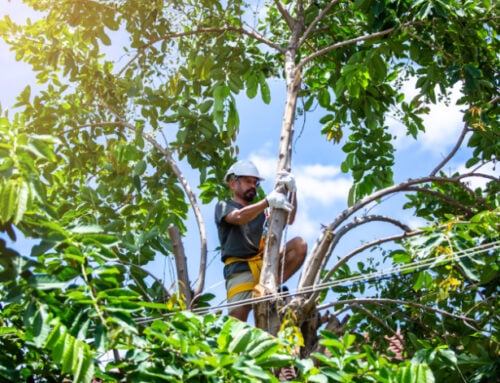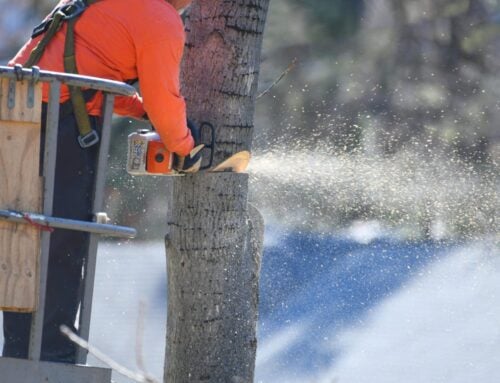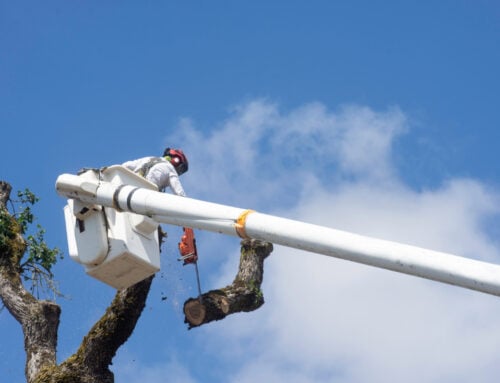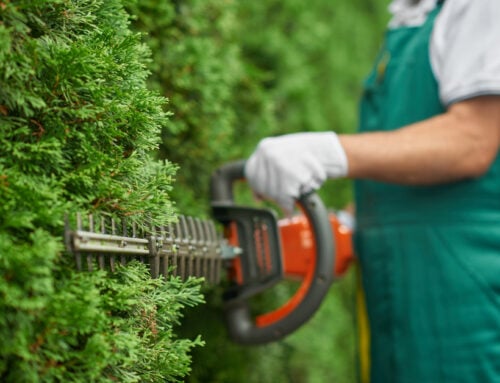Tree roots are essential parts of a tree’s structure and function. They serve as anchors, absorb nutrients and water, and play a crucial role in the tree’s stability. When there is a need to cut down trees, people often wonder if its roots will continue to grow. Here, we will explore the world of tree roots, the process of cutting down a tree, and whether roots can regrow.
Understanding Tree Roots
Tree roots are complex structures that mirror the tree’s above-ground canopy. They include primary roots, or taproots, and secondary roots that create a dense network. These roots help the tree absorb water, nutrients, and energy from the soil, while also providing stability.
Different trees have different root systems. Some have deep taproots that go deep into the soil, while others have shallow, wide-spreading roots. Knowing about these root systems is important for understanding the potential for root regrowth.
Reasons to Cut Down Trees
Trees are cut down for various reasons, like disease, instability, or changes to the landscape. Removing a tree involves careful planning to ensure safety and minimal impact on the environment.
Professional arborists use techniques like felling (cutting at the base) or sectional removal (dismantling in parts). But when they cut down trees, it affects more than what we see above ground.
Root Reactions to Cut Down Trees
When a tree is chopped down, it doesn’t just affect what’s above the ground. The roots, which are like the tree’s hidden support system underground, also feel the impact. The balance of energy and nutrients that used to work smoothly gets messed up. Think of it like the tree’s meal plan getting disrupted because it can’t make food through photosynthesis without its leafy canopy.
But here’s the interesting part: some trees can deal with this tough situation by sending out new shoots from their roots. However, not all trees can do this – it depends on things like what kind of tree it is, how healthy it was before, and how much of its root system got cut during the tree removal.
Things that Make Roots Grow Again
The way tree roots start growing again after being cut down is pretty complex. Different trees have different abilities to grow back. Each kind of tree has its special way of growing back, and this is also influenced by the weather and environment around it. Things like how wet the soil is, the climate and weather, and whether or not the soil has enough nutrients all play big roles.
These factors can help or get in the way of new root shoots popping up. Also, how much of the root system got removed when the tree was cut down matters a lot. If a big part of the roots got taken away, it’s harder for the tree to start growing again because it doesn’t have as much power to get what it needs.
Taking Care of Growing Roots
Once a tree is cut down, keeping an eye on what happens next is really important. If you see new shoots or roots starting to show up, that’s exciting, but it also means you need to be careful. Roots growing without any control can lead to unexpected troubles, like breaking things nearby or bothering other plants. To avoid these problems, it’s smart to do something about it.
Skilled tree experts might use a method called “pruning” to pick and choose which shoots to keep or change their direction. It’s like giving the new shoots a little haircut to keep them in line.
There are also special techniques to control how the roots grow. Some methods use stuff that stops growth, while others use physical barriers to guide the roots where they should go. All these tricks help make sure the new roots grow without causing harm to the environment.
Guiding Roots Back to a Good Path
It’s not just about the tree; it’s about keeping a balance in the environment where it lives. By paying attention to how roots react, what makes them grow, and finding ways to guide them, we can understand how to cut down trees in a smart and thoughtful way.
Limits to Root Regrowth
Although some trees can regrow roots well, there are limits. Cutting down trees can damage remaining roots, and poor soil quality or nutrient deficiencies can hinder regrowth. Competition from other plants nearby can also restrict root regrowth.
Timeframe for Root Regrowth
The timeframe for root regrowth varies based on tree species, environmental conditions, and overall tree health. Some trees regrow quickly, while others take years to establish new shoots and roots.
Why to Work With Pros
Working with a professional arborist when it comes to tree removal and root management is a wise decision that can have many benefits. Arborists are trained experts who understand tree biology, root systems, and plant health. Their knowledge and experience allow them to assess the situation completely, from the initial evaluation of the tree’s health to knowing how to cut down trees in a way that minimizes impact on the surrounding environment.
Arborists can also advise you on whether root regrowth is likely and how to manage it the right way. By working with a professional arborist, such as those at LTRC Tree Specialists, individuals can ensure that the process is carried out safely, efficiently, and in a manner that promotes the overall health and wellbeing of the landscape.
Professional Tree Removal Arborists
If you’re in Alpharetta, Georgia, and need professional tree services, contact LTRC Tree Specialists today! Our expert team is here to handle all your tree removal needs while considering the potential for root regrowth.
Don’t risk potential issues or complications—let our experienced arborists take care of your trees. Call us at (404) 288-5872 or visit our website to schedule a consultation. Trust LTRC Tree Specialists for safe and efficient tree services in Alpharetta.
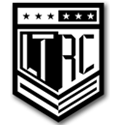
Contact Us For A Free Estimate!




